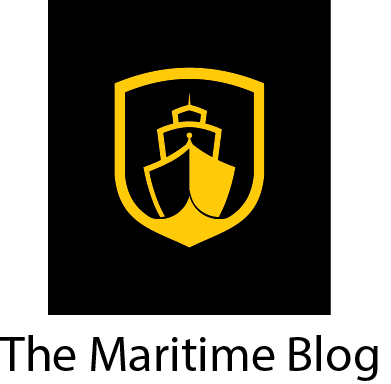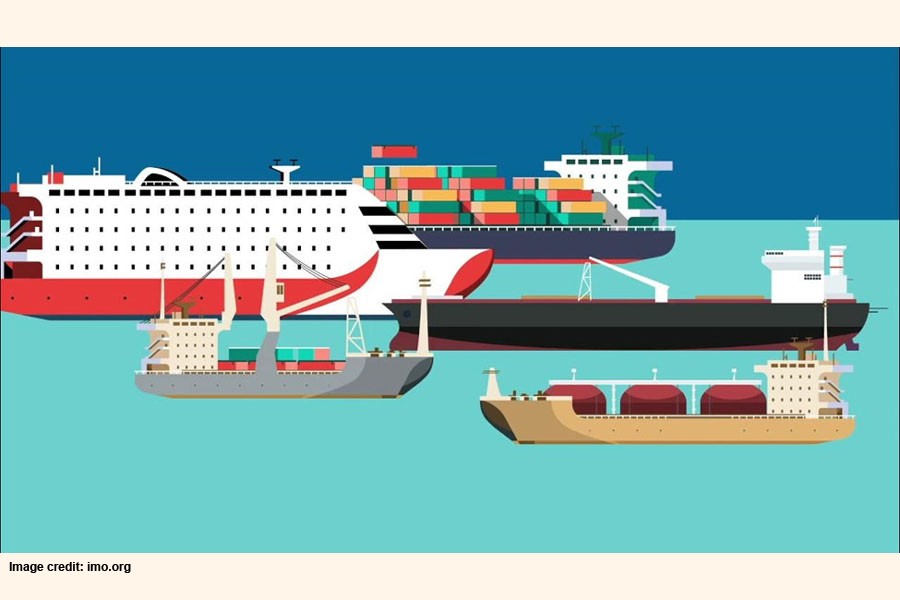search the site
Drewry: Return to the Red Sea has mixed implications for LNG

Drewry examines the impact of the ongoing ceasefire between Israel and Hamas on the resumption of ship transits through the Suez Canal, examining the implications for LNG shipping.
According to Drewry, the ongoing truce and ceasefire agreement between Israel and Hamas has sparked speculation over the resumption of ships’ passage through the Suez Canal. Although the truce appears to bring some respite to regional tensions, the complete functioning of the Suez Canal will have mixed implications for LNG shipping.
While the resumption of transit via the Suez Canal could enhance the role of Qatari LNG exports to Europe, cargoes from the US to Asia will likely continue transiting the Cape of Good Hope (COGH), aligning with shipping economics. Meanwhile, the risk associated with Red Sea transit remains high, with insurers maintaining a cautious outlook for risk premiums.
Impact of resumption of transits via Suez Canal
Drewry examines the resumption of vessel transits through the Suez Canal following the announcement of the Israel-Hamas ceasefire. No immediate return of LNG carriers (LNGCs) to the Red Sea is expected in the near term, and carriers are likely to continue transiting the COGH as risks associated with Red Sea transits remain high, causing shipowners to be cautious about returning to the Suez Canal.
US shipments to Asia are projected to continue taking the COGH route to support shipping economics amid low freight rates and ample vessel supply. Meanwhile, Qatari LNG exports to Europe will likely shift back to the Suez Canal, potentially facilitating a gradual return of additional LNGCs depending on favorable developments in the coming months.
More qatari LNG to Europe likely
The resumption of transits via the Suez Canal is expected to benefit Qatari LNG exports to Europe, with export volumes potentially surpassing previous years. This shift will be driven by a projected recovery in European LNG demand due to the conclusion of the Russia-Ukraine gas transit deal, lower gas stocks following the 2024-25 winter, and looming sanctions on Russian LNG, prompting European buyers to seek alternative sources.
Restoration of normal conditions in the Red Sea would boost LNGC transits through the Suez Canal, primarily with Qatari shipments to Europe, where demand is anticipated to rise. The share of Qatari LNG shipments to Europe declined in 2023 following the onset of the Red Sea crisis in October 2023, limiting export flexibility. The decline continued in 2024 due to subdued LNG demand in Europe and increased prominence of US and Russian LNG suppliers, which benefited from flexibility and proximity.

A reversal of this trend is expected in 2025, with Qatari exports to Europe likely to recover as transits via the canal resume. Algeria may also regain lost market share in Asia if Red Sea conditions stabilize. Algeria primarily exports to Europe, but its shipments to Asia, disrupted by Red Sea attacks, could rise, particularly if the US-China tariff war re-escalates. Algerian LNG exports to Asia reached 9% in 2023 but dropped to 5% in 2024 due to persistent Red Sea tensions.

US shipments to Asia to continue transiting via COGH
No significant changes in US-Asia LNG vessel movements are anticipated, as low freight rates and high vessel availability will enable exporters to avoid canal costs by continuing to use the COGH route. This situation mirrors developments in the Panama Canal, where LNGCs continued transiting via COGH despite regulatory easing, bypassing high canal costs and competition from other shipping sectors.

LNGCs transiting between the US and Asia are expected to continue favoring the COGH over the Suez or Panama canals, as shipping economics will remain the primary factor in determining vessel movements. Projections for low freight rates in 2025, driven by ample vessel supply and lower LNG prices, will discourage shipowners from incurring high canal costs.
The US-Asia LNG trade has grown over the past few years and is expected to expand further in 2025 despite increasing competition from Europe. This growth will be supported by new supply from the US, including the launch of key LNG projects such as Plaquemines LNG (13.5 mtpa) and Corpus Christi Phase 3 (10 mtpa). The robust US-Asia trade, combined with COGH as the preferred transit route, will positively impact LNG shipping demand. However, a shift back to the Suez Canal would be detrimental to freight rates, as shorter voyages would reduce tonne-mile demand, exerting additional pressure on rates.
Normalcy in Red Sea to potentially deter recovery in shipping rates
Spot rates for a Tri-Fuel Diesel Electric (TFDE) carrier are currently at record lows of $16,500 per day, while rates for a steam turbine carrier are at $3,000 per day. Excess fleet supply, with high deliveries expected in 2025 and new capacity additions in the second half of the year, is likely to continue depressing rates.
While the resumption of transits via the Suez Canal and normalization of Red Sea conditions would benefit Qatar-Europe LNG trade, it would also reduce tonne-mile demand in the sector by enabling vessels to take a shorter route. This shift would increase effective fleet supply, exerting additional downward pressure on rates.
LNG shipments from the US to Asia are expected to continue transiting via the COGH, with limited vessels opting for the Suez Canal due to high vessel availability and elevated canal costs at both Panama and Suez.
Although an immediate return to the Suez Canal remains unlikely, a gradual return of Qatari-linked vessels is anticipated. Additionally, a sudden shift from COGH to Suez would negatively impact LNG shipping, as longer voyages have helped prevent further declines in freight rates during 2024. As a result, LNG shipping is expected to rely on the COGH as the preferred passage until at least 2025-26 to maintain employability of the expanded fleet. Vessel availability is projected to remain high through 2025-26, with longer voyages providing some relief to freight rates, Drewry concludes.
source : safety4sea


















